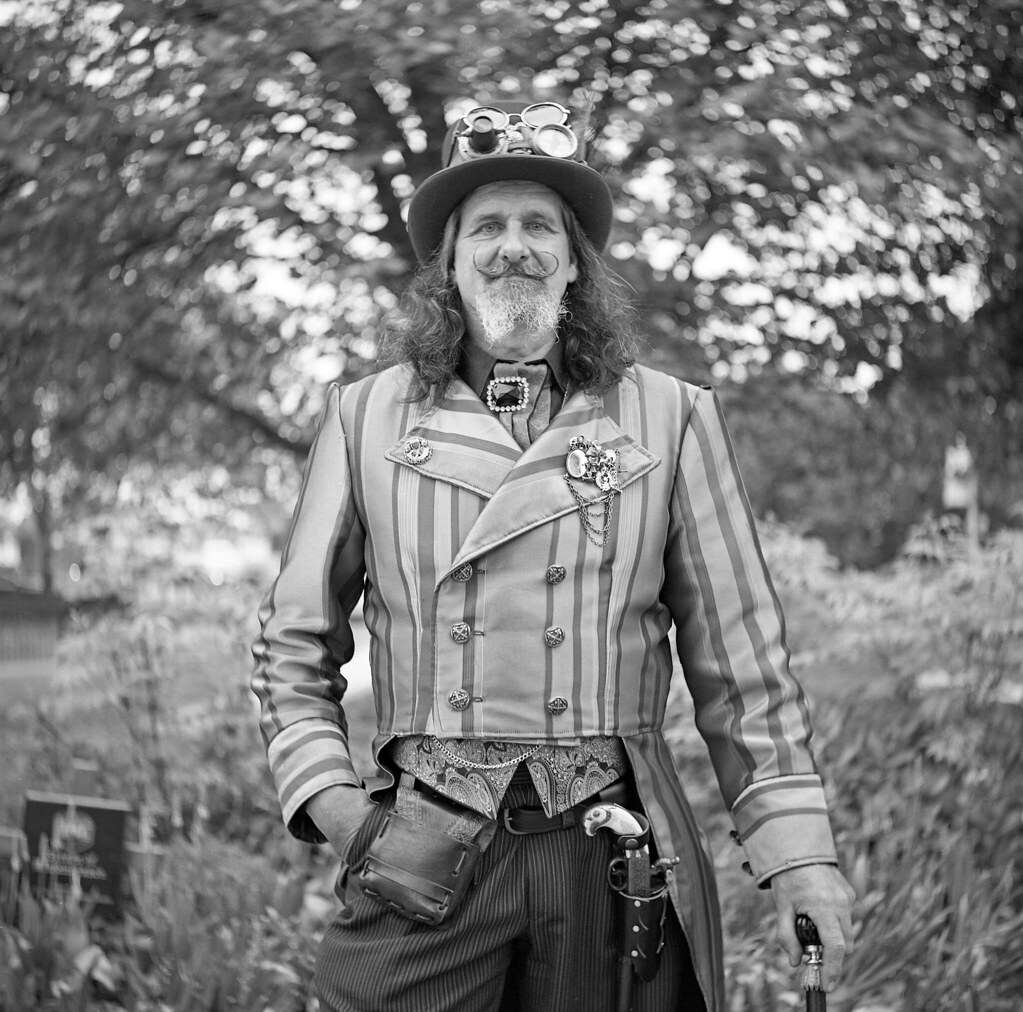I don't think you are thinking about them in a fair way.
50 year old lenses are all manual, they are shooting film, 1 shot at a time, in the life time (50 years?) of them they might get through about 1000 rolls of film? What's that 36000 shots? I can do that in a few months. Modern auto focuses lenses do a LOT more work, a lot more stressed environment, moves a lot faster inside. You are not standing still, compose, turn slowly, shots a shot and put it away. Some photographers may just have it set to F8 and leave it there all the time. There is hardly anything to move internally, manual focus meaning nothing is moving inside and at F8 nothing needs to move. These days I am shooting F/1.2, F/1.4, the auto focus move the internal elements dozens of time in a split second than may be these old manual lenses in a week.
Plus all these new professional lenses are weather sealed.
Build quality is more than what it feels in your hand, sitting around taking the 50,000 shots over 50 years really is better build than 150,000 photos and still going strong after 3 years?








